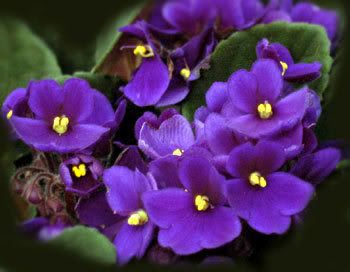Introduction
Jatropha podagrica leaf
New leaf on Jatropha podagrica
The
Jatropha podagrica is an easy plant to grow and people grow it for its swollen caudex and unusual leaves. It flowers all year round - if the temperaure is high enough - and gets more flowers during the hotter season. The plant can be placed in shade but will bloom more if it gets many hours of sun daily. This beautiful succulent originates from Guatemala.
This beautiful plant produces seed pods which explode when ripe, scattering the seeds several feet away from the mother plant.
Caring for your Jatropha Podagrica
The
Jatropha podagrica does not require much care apart from an occasional watering and an annual fertilizing (it depends on your soil). Always let the soil dry before watering, else the root may rot.It can also be grown indoors in a pot if adequate lighting is present.
Handling and Propagation
Small Jatropha podagrica plant
The plant and its seeds are poisonous if ingested.Propagation is done very easily by seeds.
Related Articles
No related articles yet.
Read more...























